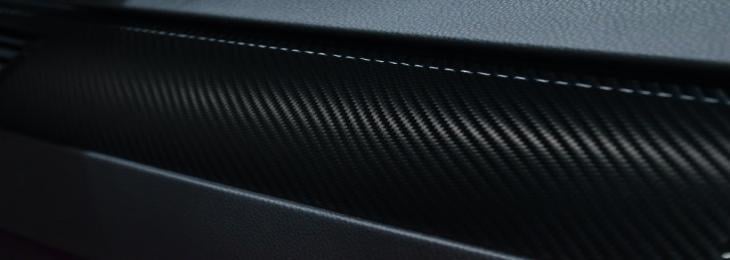
Chalmers University of Technology researchers have developed an intriguing alternative to traditional energy storage technologies, reporting a major advancement by demonstrating a new form of "massless" battery that can be served as both a power source and a structural component of a car.
Chalmers University of Technology's academic team has spent years looking at the possibility of using carbon fiber batteries as structural elements in automotive construction to save weight. A negative electrode made of carbon fiber and a positive electrode made of lithium iron phosphate-coated aluminum foil make up the battery. These are isolated by a fiberglass fabric that acts as a structural electrolyte matrix, transporting lithium ions between the electrodes in the same way as a traditional battery does, while also distributing mechanical loads to various components of the structure. The researchers published a study in 2018 identifying a type of carbon fiber with just the right crystal structure to provide both the needed stiffness for vehicle construction and the required electrochemical efficiency for energy storage. The researchers have developed a carbon-fiber-based structural battery that they say performs 10 times better over any previous iteration as part of their efforts to adapt this study to real-world applications.
The researchers call it a "massless" energy storage unit due to unlike a conventional battery, it contributes minimal additional weight to the car, at least theoretically. However, this necessitates certain sacrifices. The battery, for instance, has an energy density of 24 Wh/kg, which is around 20% of the power of today's lithium-ion batteries, according to the team. However, if this battery is built into an electric vehicle instead of a traditional lithium-ion battery, the car would be much lighter and thus take less electricity to drive it around the earth. The composite has a stiffness of 25 GPa, according to the researchers, and can interact with other widely used building materials.






